Taylor Swift, an exceptionally talented and globally recognized pop star, has effortlessly captured the hearts of millions around the world with her captivating lyrics and melodious tunes. Her musical prowess transcends genres, but it’s important to note that her roots are deeply intertwined with country music.
From her humble beginnings in country music to her triumphant foray into the world of pop, Taylor Swift’s musical trajectory is an awe-inspiring testament to her versatility and artistic growth. Her ability to seamlessly blend genres and create harmonious melodies continues to captivate listeners, making her an enduring icon in the music industry.
Integrating the banjo into Taylor Swift’s work
In Taylor Swift’s early music, the integration of the banjo was a distinctive feature that added a unique texture to her sound. Her debut album, “Taylor Swift,” and its follow-up, “Fearless,” prominently featured the banjo, rendering an authentic country feel to her music. In tracks like “Our Song” and “Mean,” the banjo’s twangy sound accentuated her storytelling prowess, making her narratives of love, heartbreak, and youthful optimism even more poignant. This approach demonstrated her ability to straddle both country and pop genres, and her adept skill in coupling traditional instruments with contemporary songwriting techniques. Even as Swift transitioned towards pop, she occasionally revisits her country roots, subtly incorporating the banjo into her songs, serving as a nostalgic reminder of her musical evolution.[1]
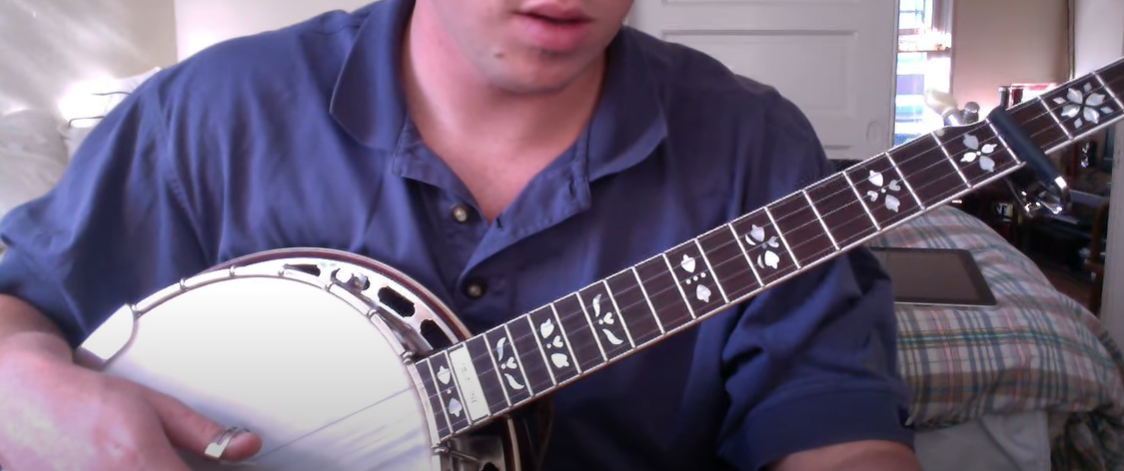
The development of Taylor Swift’s style
As Taylor Swift’s career progressed, her musical style underwent significant evolution, shifting from her country origins to a more pop-oriented sound. The banjo, once a staple in her songs, became less prominent as electronic beats and synth elements took center stage. Albums like “1989” and “Reputation” showcase this shift, with their synth-heavy tracks and edgier themes reflecting her growth as an artist. However, Swift’s storytelling skills remained consistent, her lyrics still touching on themes of love, self-discovery, and societal commentary. In her later works, such as “Lover” and “Folklore”, she introduces a more indie-folk sound, marking another transformation in her musical journey. Here, the banjo makes a subtle re-emergence, demonstrating Swift’s ability to adapt and experiment with different genres, while staying true to her country roots. Through her ever-evolving style, Swift continues to reinvent her sound, keeping her music fresh and relevant, while satisfying both her pop and country fan bases.[2]
Context and cultural significance
Taylor Swift’s use of the banjo in her music goes beyond mere stylistic choice; it carries profound cultural significance. The banjo, an instrument with its origins in West Africa, has become an emblem of country music, a genre deeply rooted in rural American culture. By incorporating the banjo into her songs, Swift not only pays homage to this rich cultural history but also connects her global audience to a distinctly American musical tradition.
Moreover, Swift’s ability to seamlessly integrate the banjo with modern pop elements exemplifies her artistry and the evolution of music. It showcases how music has the power to bridge the gap between the old and the new, the traditional and the contemporary. This fusion not only highlights Swift’s versatility as an artist but also speaks to the universal language of music, transcending geographical, cultural, and generational boundaries.
Furthermore, Swift’s inclusion of the banjo in her music resonates deeply with her diverse fan base. It serves as a testament to her understanding of the role of music in fostering cultural understanding and breaking down barriers. It is a nod to her country roots while also showcasing her ability to create music that speaks to people from all walks of life.
In essence, Taylor Swift’s use of the banjo in her music is not just a musical choice; it is a statement. It represents her appreciation for cultural heritage, her artistic growth, and her belief in music’s power to unite and inspire.[2]

Songs
“Mean,” from Swift’s album “Speak Now,” remains a prime example of her effective use of the banjo. The song’s lively banjo riff, coupled with Swift’s strong vocals and evocative lyrics, delivers a powerful message of overcoming adversity.
“Our Song,” from her debut album, is another banjo-driven track that showcases Swift’s country roots. The cheerful banjo melodies underline the story of a young love blossoming, making it an enduring favorite among fans.
Finally, “Invisible String,” from the same album, uses the banjo to create a soft, introspective backdrop for her lyrics, demonstrating the instrument’s versatility in Swift’s hands. Each of these songs is a testament to Taylor Swift’s exceptional ability to use traditional instruments like the banjo to enhance her storytelling, proving her musical prowess across genres.[1]
Reactions of fans and critics
Taylor Swift’s use of the banjo in her music has elicited an array of reactions from both fans and critics alike. Her early fans, who fell in love with her banjo-infused country tunes, often express nostalgia for her “old sound.” They appreciate her nods to these roots in her later works, seeing it as a homage to her musical beginnings. For these fans, Swift’s ability to weave the banjo into her pop and indie-folk tracks serves as an enduring link to her country origins, adding an extra layer of depth and resonance to her music.
Critics, on the other hand, have lauded Swift’s ability to blend the banjo with a variety of genres, seeing it as a testament to her versatility and innovation as a musician. They view her use of the banjo as a demonstration of the instrument’s versatility, capable of adding a unique texture to a myriad of musical styles. By incorporating the banjo into her music, Swift challenges the notions of genre boundaries, reflecting the evolving landscape of contemporary music.
A few critics, however, have questioned the less frequent use of the banjo in her later works, seeing it as a departure from her country’s authenticity. Despite this, most recognize and applaud Swift’s musical evolution, acknowledging that her growth as an artist involves experimentation and change. Overall, the reaction to Swift’s use of the banjo has been largely positive, with both fans and critics appreciating her skillful integration of the instrument into her diverse discography.[1]
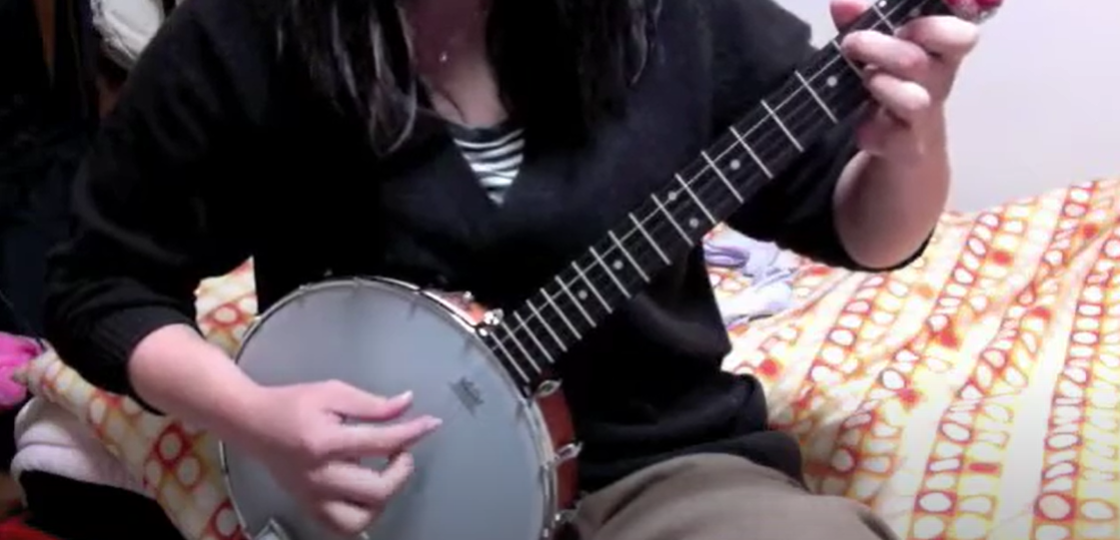
FAQ
What Taylor Swift songs have a banjo?
The banjo has played a pivotal role in shaping the sound of Taylor Swift’s music, particularly during her early career when she predominantly embraced the country genre. It has become an integral part of some of her most iconic songs, adding a unique touch to her musical compositions. Let’s delve into a few noteworthy examples:
- “Our Song”: This delightful track, featured on Swift’s debut album, showcases a lively banjo melody that perfectly complements the tale of young love. The cheerful banjo strums capture the essence of innocent romance, creating an infectious rhythm that resonates with listeners.
- “Mean”: From the album “Speak Now,” this empowering anthem exhibits Swift’s resilience and determination in the face of adversity. The lively banjo riff serves as a driving force, harmonizing flawlessly with her powerful vocals and evocative lyrics. It elevates the song’s energy, allowing Swift to deliver a memorable performance that inspires and uplifts.
- “Betty”: As Swift ventured into the realm of indie-folk with her album “Folklore,” the banjo made a subtle yet compelling return in this track. Its presence adds a layer of depth to the song’s nostalgic narrative, creating a beautiful blend of contemporary storytelling and traditional elements. The banjo’s gentle strums evoke a sense of familiarity and authenticity, captivating listeners with its understated charm.
- Invisible String”: Another gem from “Folklore,” this introspective ballad showcases Swift’s lyrical prowess and emotional vulnerability. The banjo takes on a softer tone here, delicately weaving a tapestry of sound that complements the song’s heartfelt lyrics. It creates a serene soundscape, enveloping listeners in a world of introspection and reflection.
Through the incorporation of the banjo, Taylor Swift not only demonstrates her exceptional storytelling ability but also showcases her skillful utilization of this instrument to add emotional depth and enhance the narrative of her music. Each banjo-infused song becomes a unique tapestry, weaving together the threads of Swift’s artistry and leaving an indelible mark on the hearts of her fans.

Can Taylor Swift read music?
Indeed, Taylor Swift is not only able to read music, but she possesses an exceptional ability to play by ear, captivating audiences with her musical prowess. From a tender age, Swift embarked on her musical journey, honing her guitar skills at the young age of 12. Her innate talent and unyielding determination enabled her to swiftly master the instrument, and it wasn’t long before she started crafting her own melodic creations. While she did receive some formal music training along the way, much of her remarkable skill can be attributed to her innate musicality and countless hours of dedicated practice.
Taylor Swift’s ability to effortlessly read music, combined with her extraordinary talent for playing by ear and her innate songwriting abilities, has played a pivotal role in propelling her to the pinnacle of her successful and diverse music career. Through her enchanting melodies and captivating lyrics, she continues to inspire and resonate with millions of fans worldwide.
What is the most listened to song by Taylor Swift?
According to the latest statistics, the most listened to Taylor Swift song on streaming platforms such as Spotify is “I Don’t Wanna Live Forever,” her captivating collaboration with Zayn Malik for the film “Fifty Shades Darker.” This powerful track has resonated with countless fans around the globe, showcasing Swift’s versatility as an artist.
However, if we narrow our focus to songs solely penned by Swift and released as part of her solo discography, then “Love Story” takes the crown. Released in 2008 as a part of her second studio album, “Fearless,” this iconic pop-country ballad quickly captured the hearts of listeners worldwide, solidifying its place as one of the defining hits of Swift’s career. Its enchanting melodies and heartfelt lyrics transport us to a world of everlasting love and timeless romance.
With its universal appeal and relatable themes, “Love Story” has become an anthem for generations, resonating with fans of all ages. Swift’s exceptional songwriting prowess shines through in this timeless masterpiece, as she effortlessly combines storytelling and captivating melodies to create a truly unforgettable musical experience. It comes as no surprise that “Love Story” continues to be one of the most recognizable and beloved songs in Taylor Swift’s extensive discography, forever etching its place in music history.
What is Taylor Swift’s age?
Born on December 13, 1989, Taylor Swift, a renowned singer-songwriter, is currently 33 years old. Despite her relatively young age, Swift has achieved an extraordinary level of success, both critically and commercially, in the highly competitive music industry. With her mesmerizing vocals and captivating songwriting skills, she has garnered a massive fan base worldwide.
Throughout her prolific career spanning over a decade, Swift has consistently pushed the boundaries of creativity, experimenting with various genres and styles. Her albums have resonated with millions, earning numerous accolades and breaking multiple records. From captivating storytelling in her early country-pop hits to exploring new sonic territories with her more recent alternative and indie-pop sounds, Swift’s evolution as an artist has been nothing short of remarkable.
Beyond her musical talents, Swift possesses an astute business acumen and a visionary mindset. She has actively participated in the production and creative direction of her albums, fostering a sense of authenticity and artistic integrity. Moreover, her philanthropic endeavors, advocacy for artists’ rights, and vocal support for various social causes have solidified her status as a role model and influential figure in contemporary music.
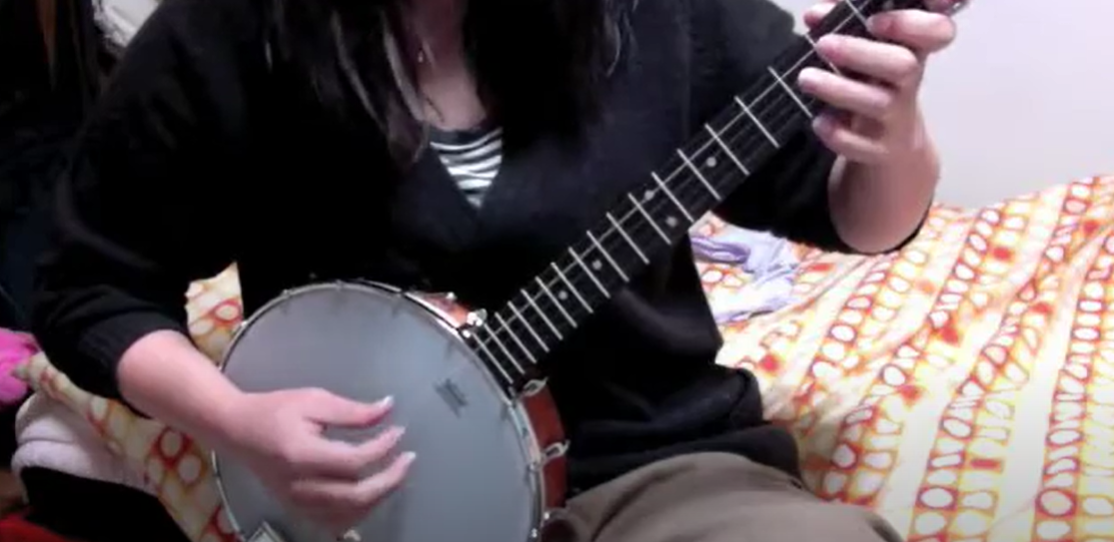
As Taylor Swift continues to captivate audiences with her mesmerizing performances and thought-provoking lyrics, her legacy as one of the most influential and iconic figures in the music industry is firmly established. Her unwavering dedication to her craft, coupled with her ability to connect with fans on a deeply personal level, ensures that her impact will endure for generations to come.
Did Taylor Swift date an 18 year old?
Yes, Taylor Swift, the renowned singer-songwriter, had a captivating relationship with an 18-year-old when she was 23, which sparked immense curiosity among fans and the media. The young man in question was none other than the talented Harry Styles, a member of the globally recognized boy band, One Direction. Their enchanting connection first came to light in late 2012 when they were spotted together, igniting a frenzy of paparazzi photographs capturing their every move. Despite the brevity of their romance, which lasted for a few months into 2013, it left an indelible mark on both their lives.
Interestingly, the age difference between Taylor and Harry became a topic of discussion, with many speculating on the impact it had on their dynamic. Swift’s musical prowess and ability to poetically express her emotions through songwriting led to widespread conjecture that their relationship served as the inspiration for several tracks on her acclaimed albums, such as “1989” and “Red.” Notable hits like “Style” and “Out of The Woods” are often associated with their time together, further fueling the intrigue surrounding their love story.
The impact of Taylor Swift and Harry Styles’ brief but headline-grabbing romance extended far beyond their personal lives. It became a cultural phenomenon, captivating fans worldwide and solidifying their status as pop culture icons. Their story serves as a testament to the influence and power of celebrity relationships, leaving a lasting imprint on the collective imagination of music enthusiasts and pop culture aficionados alike.
Useful Video: Taylor Swift – We Are Never Getting Back Together | Banjo Cover
Conclusion
Throughout her illustrious career, Taylor Swift has showcased a remarkable evolution as an artist. One aspect that stands out is her exceptional skill in seamlessly incorporating various instruments, most notably the banjo, into her diverse range of musical styles. Whether it’s the catchy pop tunes, introspective indie-folk melodies, or heartfelt country ballads, Swift’s ability to blend the banjo’s unique texture into her songs adds an extra layer of depth and authenticity.
From her early days of strumming the guitar to her current status as a global music icon, Swift’s musical journey is a testament to her innate musicality, unwavering dedication, and relentless perseverance. Despite facing skepticism and questioning about her departure from her country roots, Swift’s innovative approach to music has garnered a predominantly positive response from both critics and fans alike.
As we delve into Swift’s extensive discography, we find an array of hits that showcase her masterful use of the banjo. Songs like “Our Song,” “Mean,” “Betty,” and “Invisible String” serve as shining examples of how she skillfully incorporates this instrument to enhance her storytelling prowess.
Beyond her musical evolution, Swift remains an influential figure in the contemporary music scene. Her enduring popularity is evident through the global recognition and immense success of songs like “I Don’t Wanna Live Forever” and the timeless classic “Love Story.”
In summary, Taylor Swift’s artistic journey is a testament to her remarkable talent, hard work, and unwavering dedication to her craft. Her ability to seamlessly integrate the banjo into her music, along with her willingness to explore new genres and push boundaries, solidifies her status as one of the most influential and respected artists of our time.
References:
- https://www.thenation.com/article/archive/taylor-swift-lover-review/
- https://www.billboard.com/photos/taylor-swift-style-evolution-photos-429884/1-2006/




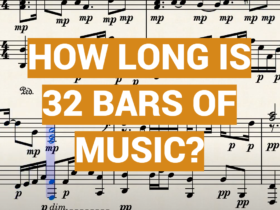
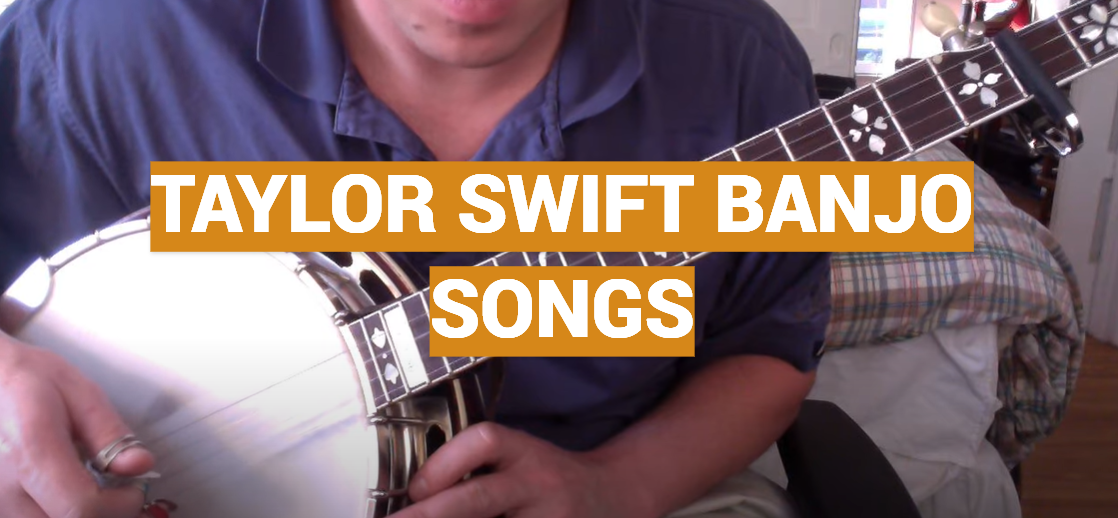
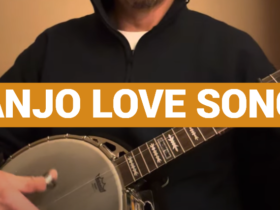

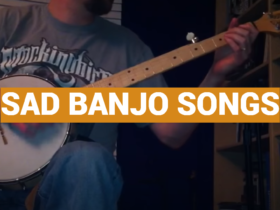
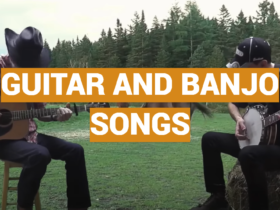
Leave a Reply